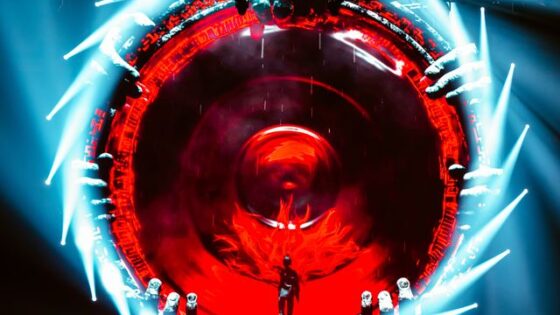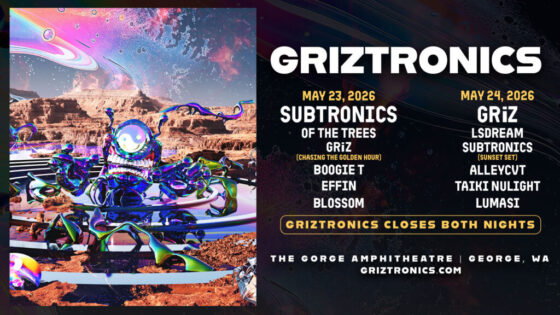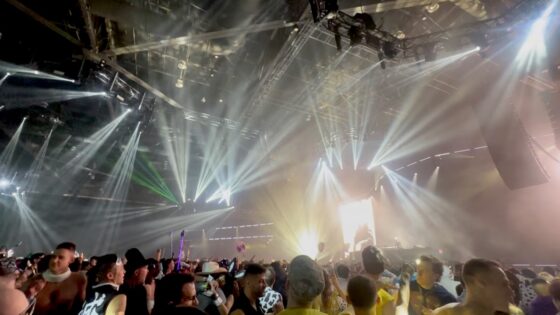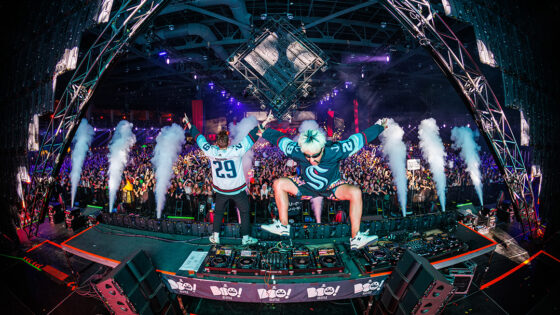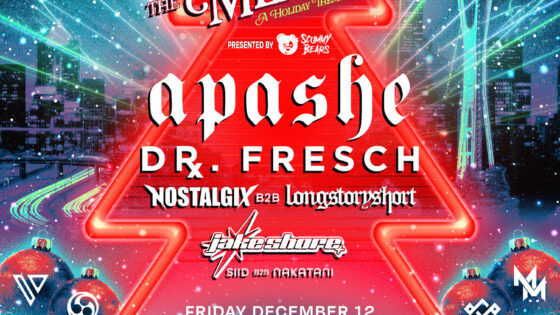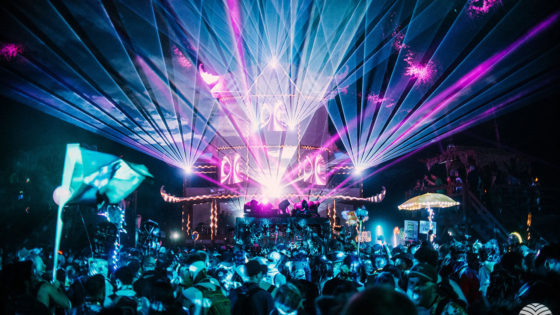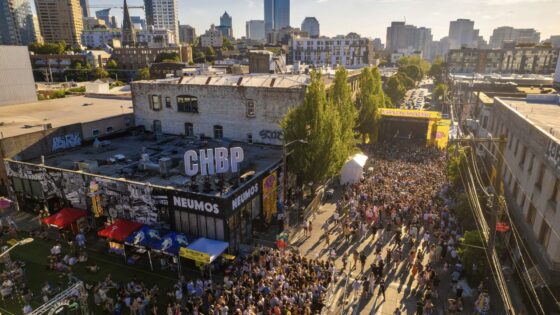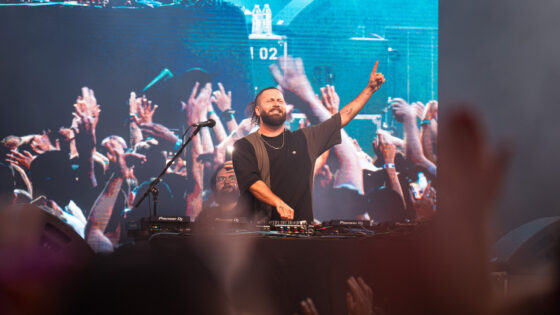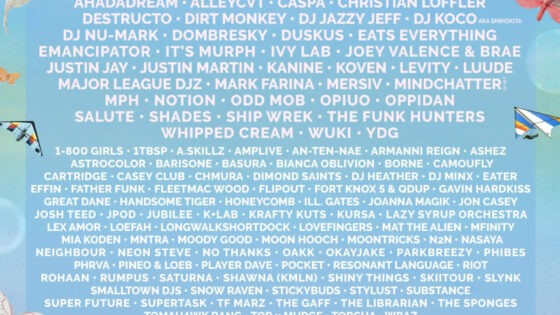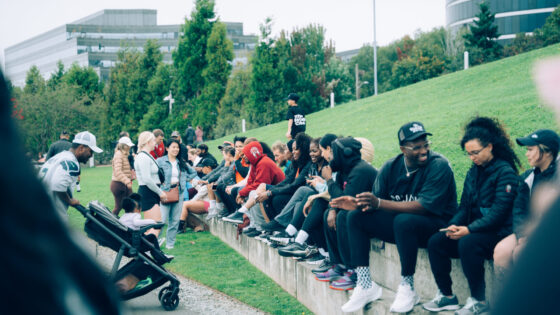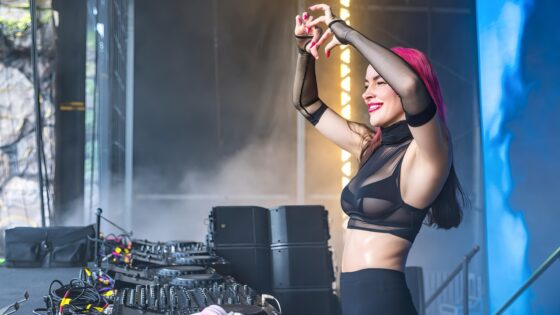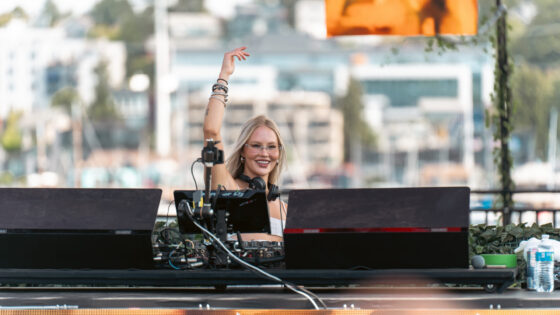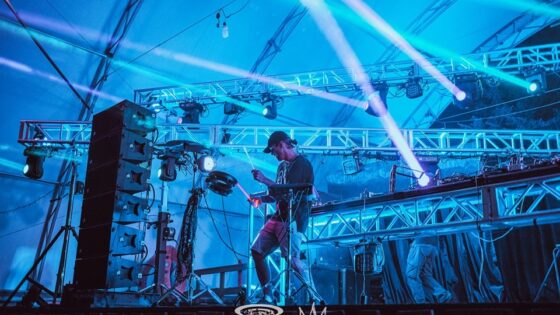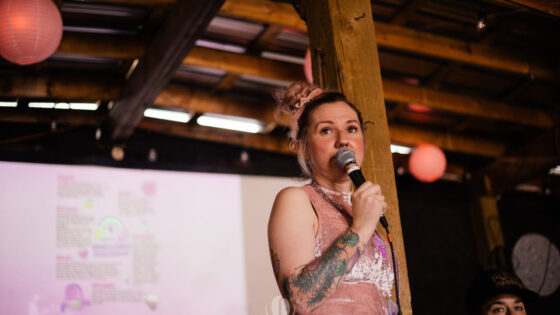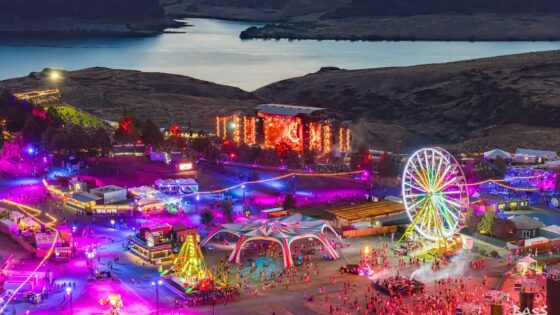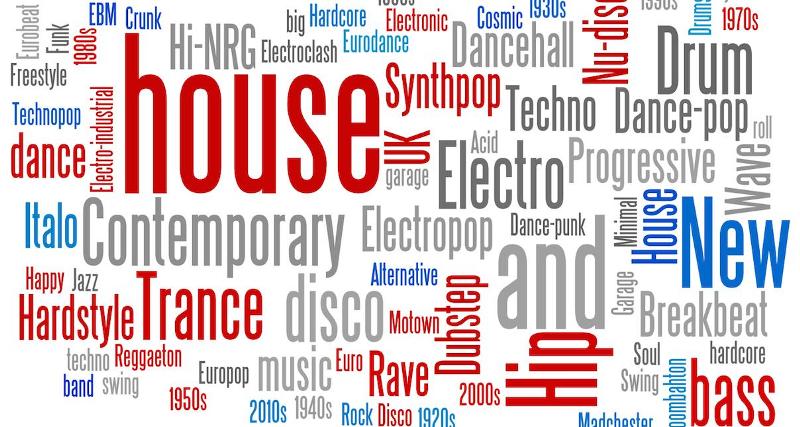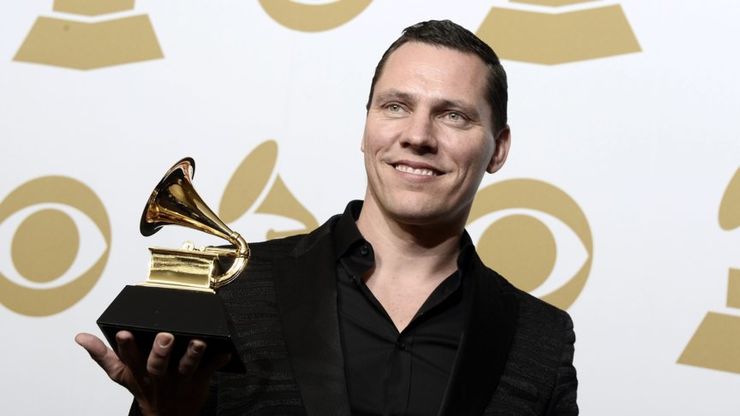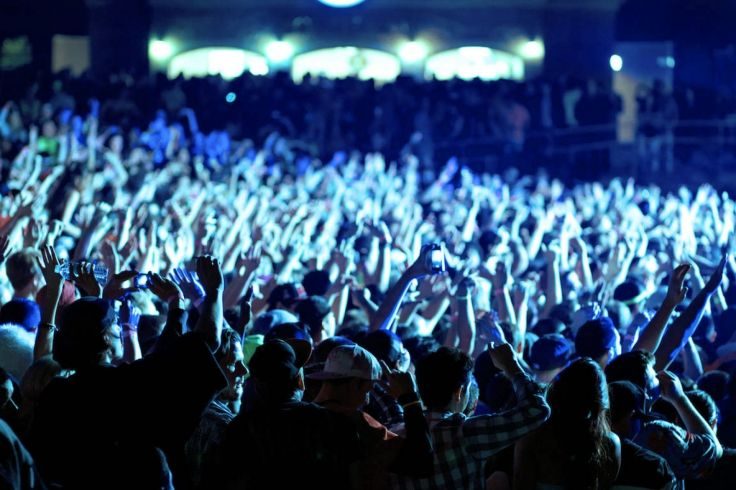Hard Dance
Sub-genres: Hardstyle, Gabber, Happy Hardcore
Notable Artists: Headhunterz & Coone (Hardstyle); DJ Mad Dog & Neophyte (Gabber); DJ Paul Elstack & Marusha (Happy Hardcore)
BPM Style & Distinctions: 160 – 200+ BPM; rapid, intense bass lines; clear 4/4 kicks; can be happy or cynical and dark; distorted sounds; looping effects; repetitive beats; high energy
The genre of hardcore is reflective of its name. Developed in 90s UK, hardcore is full of rapid hitting bass-lines. It grew from hardcore rock, metal, and hardcore techno. Hardcore later grew to encompass other styles of electronic music. Its metal roots ring true in varying styles, making this a more aggressive genre. Combining these forces together creates an assertive, repetitive beat that will keep you jumping consistently.
Now, before I upset any hardstyle fans: the genre has evolved greatly within the electronic music scene to the point that it is definitely its own genre. But, for reasons of simplicity it’s categorized under hardcore due to its roots (like how we could delve much deeper into Electro, Future, and DnB too, but that’s a lot to cover).
Hardstyle includes elements of hard trance, gabber, hardcore, and occasionally even house to create a raw, uptempo beat. This genre encompasses an emotional vibrate within the melody, and tends to range from 140 – 150 BPM. This does not limit the genre though, as it can go up to as fast as 200 BPM. Its technical styles can consist of compression kicks, punctuated vocals, and reverse bass. When getting technical into its sub-genres, there is a little something for everyone: euphoric, freestyle, hardcore/extra hardcore, or raw/extra raw. Euphoric includes uplifting melodies with a hardstyle pulsating drum line. Freestyle includes elements of funk, techno, and hardstyle to provide the listener with varying layers and sounds. Hardcore is extremely (extremely) intense, like a blend of heavy metal and sharp, staccato beats. Raw centralizes around distorted bass-kicks and abrupt drum lines.
Gabber relies on the heavy, distorted 909 industrial-heavy kick drums. This genre developed in Rotterdam, which is why the Netherlands is linked with some of the earliest hardcore industrial sounds. These kicks are often over-driven to the point that it becomes clipped into a square wave, making a recognizable melodic tone. Gabber often includes varying tempos and synthesized melodies. The tempo can vary from 160 – 220+ BPM. The lyrics are often screamed or distorted, and usually showcase darker themes.
Lastly, there is happy hardcore. The characteristics of happy hardcore are insinuated by the name. This was the original “raverbaby” music of the early 90s. Happy hardcore satirically took the characteristics of gabber, and commercialized it for children’s merchandise. This sub-genre could be considered the “happy” version of hardcore. It includes the same repetitive, aggressive kicks and rhythms as hardcore. In contrast though, happy hardcore incorporates sped up breakbeats and upbeat vocals. Some describe happy hardcore to have “chipmunk vocals” due to its higher pitched sound and anthem style. Happy hardcore tries to give in uplifting feeling, while beats spar at about 160 – 180 BPM.
Jump to Intro, House, Techno, Trance, Bass, Dubstep,
There are many MANY more genres and sub-genres to get into under the vast umbrella of electronic music. Most artists are also likely to incorporate more than one genres stylistic techniques. We could cover much more, but that would take way to long. Plus, music is subjective, so it can all depend on the listener to categorize a song. Honestly, this is the best way to consider genres.
You like the beat, groove how you want. Music is music, and that’s the beauty of it. But we hope this list gives you a basic intro to the characteristics that define some of the sounds or stages curated at a festival. Now, the next time your friends start describing various trance, house, DnB, dubstep, electro, bass, or hardstyle artists, you’ll be able to tell the difference. What genres are most likely to show up on your playlist? Share your favorite artists and tracks in the comments below!
Important things happen in Pacific Northwest nightlife, and DMNW will send you alerts!

